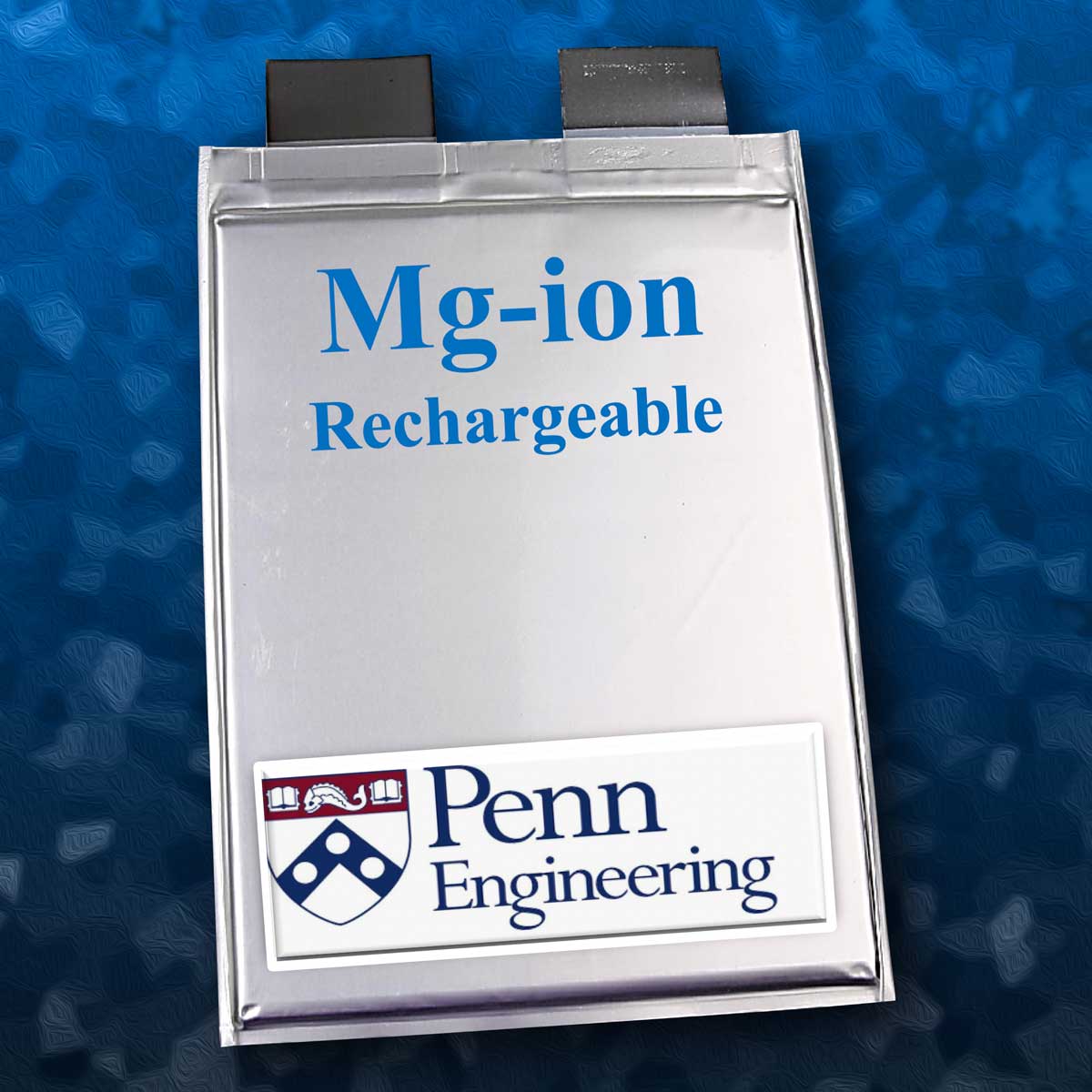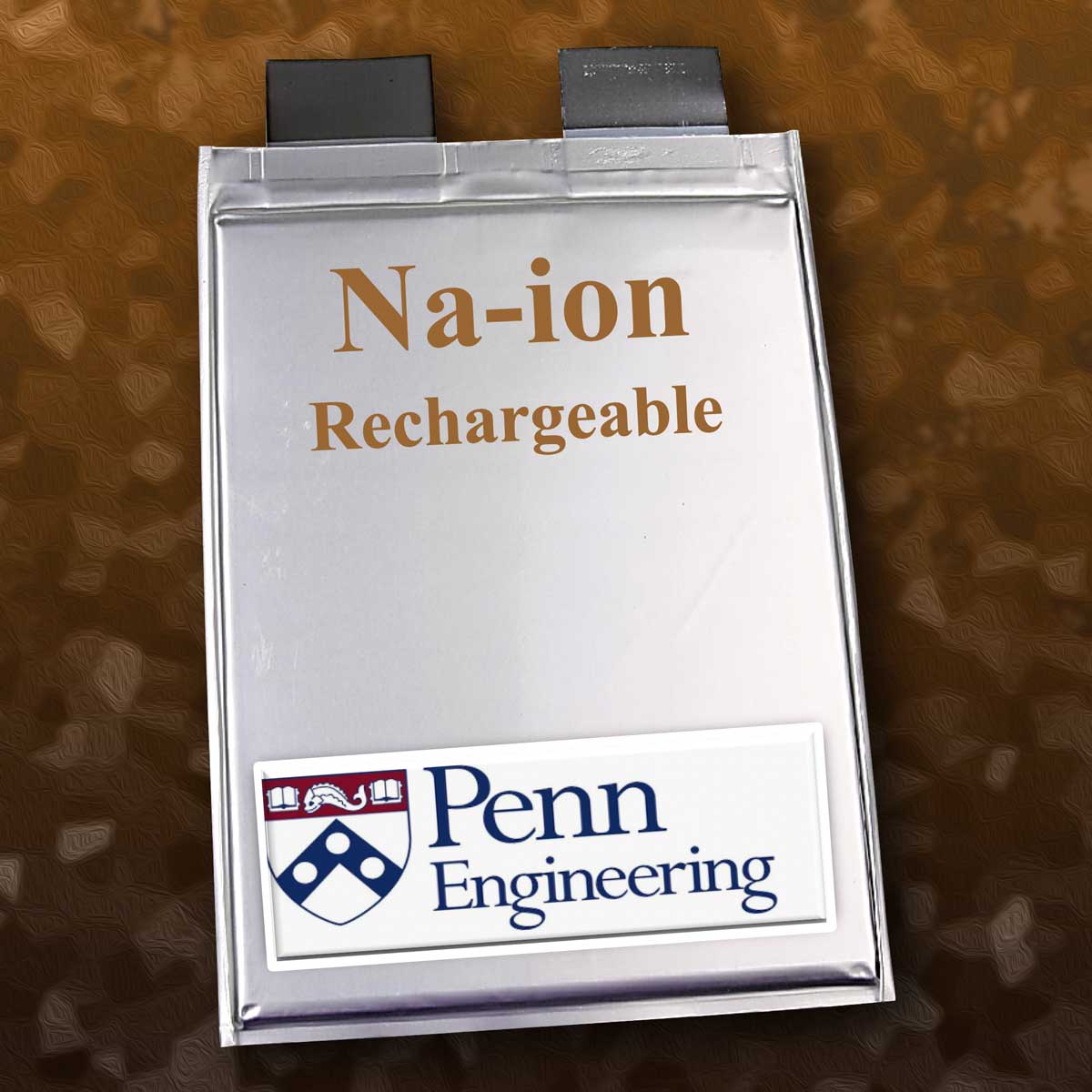Bridging the Gap Between Materials Science & Technology
Overview: Research in the 3DAFSN Lab contributes to bridging the gap between Materials Science and Technology with the focus on sustainable synthesis of nanostructured materials with tailored morphology and chemistry for electrochemical energy conversion and storage technologies. Ongoing projects include hydrogen fuel cells, Mg-ion, Na-ion and K-ion batteries. In our work, we study structure-processing-performance relationships in nanostructured metals and metalloids for energy conversion and storage applications. To create these materials, we utilize high-temperature alloy processing in combination with eco-friendly selective alloy leaching with sacrificial element recovery. To study performance, we use in situ and operando characterization techniques based on small- and wide-angle X-ray scattering (SAXS and WAXS), electrochemical dilatometry, electron microscopy, and impedance spectroscopy. Other key techniques used include atomic layer deposition (ALD), gas chromatography (GC), rotating disk electrode (RDE), and underpotential deposition (UPD).
Material systems of interest: Earth-abundant hierarchical 3D bicontinuous nanoporous materials for energy applications (examples: nanoporous Al, Mg, Zn, Fe, Si, Sn, Cu, Ni), novel 3D tri-continuous nanocomposites for 3D nanobatteries and 3D nanocapacitors, and fusible alloys for self-healing battery electrodes.


